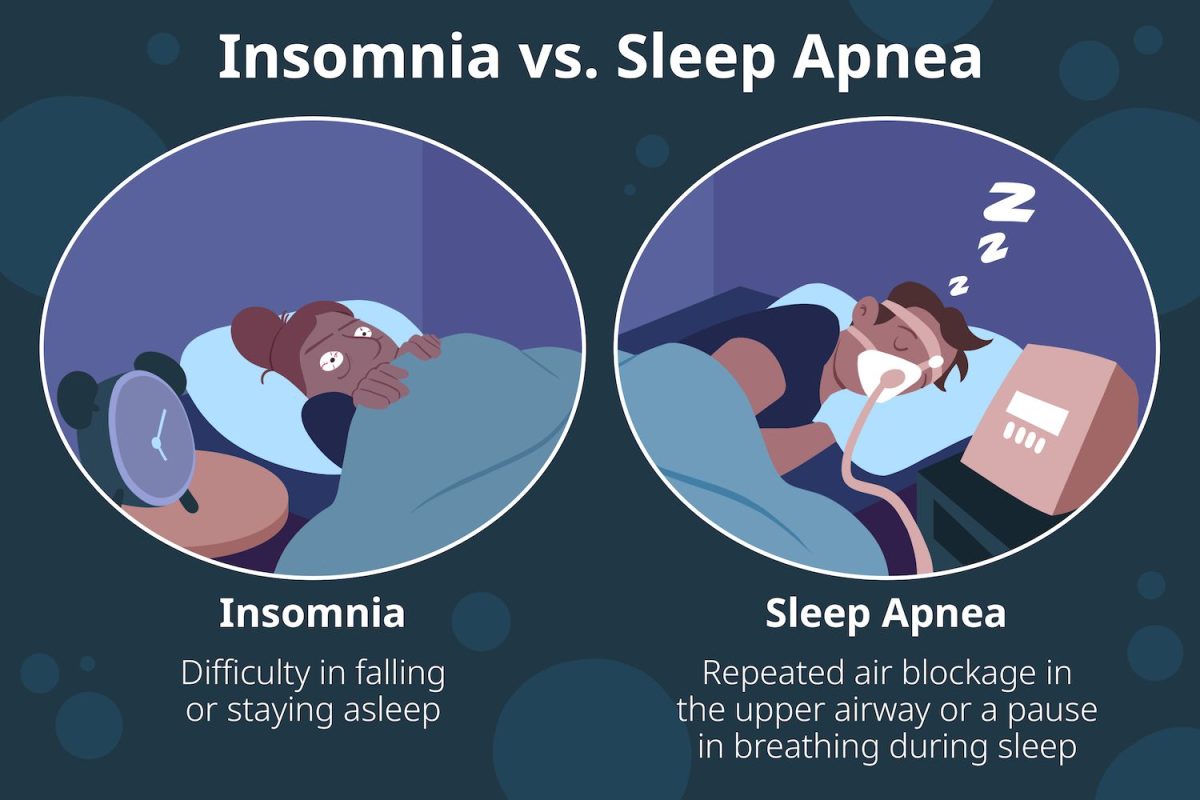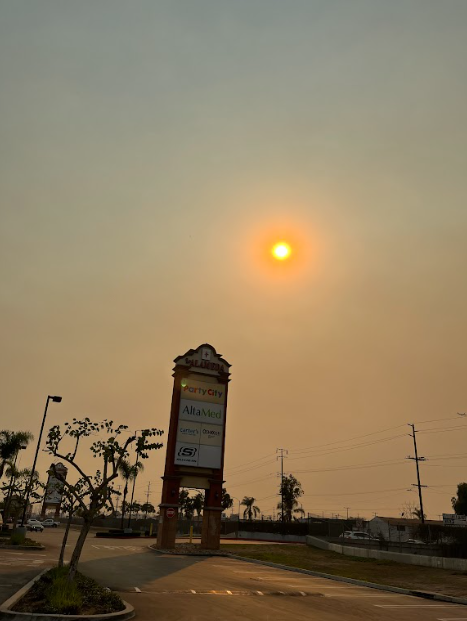Imagine you are staring at a ceiling full of darkness tossing and turning in your bed not being able to get any sleep. You begin to wonder if you’ll ever fall asleep, and before you know it, it is daytime yet again. You begin to realize that you did eventually fall asleep but only for a little while because as soon as your eyes open to see the bright lights lighting up your room, the morning has hit you with a rush of exhaustion and weariness where you’re unable to get up off of bed.
DEFINING SLEEPING DISORDERS
Problems like these are very common for people with sleeping disorders who have not been able to get enough sleep to the point where it bothers them for the rest of their day. Brandon Peters and Jillian Dara, who are medicine doctors, have reported that people who are more likely to be affected by sleep disorders are people who have lifestyle factors that include shift work (a work schedule that is done very early during the day or very late at night), frequent travel, or irregular schedules. The consumption of caffeine also disturbs sleep by decreasing it by more than an hour.
INSOMNIA: THE MOST COMMON
There are many types of different sleeping disorders including sleep apnea, insomnia, restless legs syndrome, or narcolepsy. These are just a few out of eighty. Out of all of them, the most common one is insomnia.
Insomnia causes trouble when trying to fall asleep, staying asleep, or both! This could lead to having no energy in the morning and the feeling of not being able to feel refreshed could drown out your mood during the day.
The National Library of Medicine declares that insomnia could either be long term or short term depending on how much stress you’ve been experiencing. Long term insomnia is something that is a symptom or side effect of another problem. Problems like health conditions, medicines, or other sleep disorders could be the cause of at least a month’s worth of insomnia. The usual occasion of short term insomnia includes stress at work, family pressure or due to something traumatic that has previously happened. This type of insomnia only lasts up to a few days or weeks.
Some other ways to detect if you do have insomnia: things such as lying awake for quite a while before being able to sleep and only having slept for a short period of time.
Insomnia is more common among adults and men, even though you could get it at any age.
Leslie Rosales, a 13-year-old, has reported that, “I got to bed at nine or ten I get up around 7 or 8 and I get up at.”
Joshua Leon, also 13, has reported that “On school days I sleep at eight and weekdays at 10 and 11 and I wake up at 6:30.”

These two people have reported a good sleep schedule as compared to an adult who gets about 7-9 hours of sleep.
The graphic shows the amount of sleep a teen should get compared to an adult, in order for someone to see if they are getting enough sleep.
People who are vulnerable to insomnia are people who are inactive, have low income, or those who are depressed from situations such as divorces, deaths, or major stress issues.
Ways a healthcare provider is able to diagnose and treat sleep insomnia is by asking about your sleep history and medical history or by doing a physical exam to check whether it is being caused by medical conditions. If you are diagnosed then the healthcare provider will help you with achieving a better sleep schedule for short term, cognitive behavioral therapy for long term, or if it is a side effect they will most likely want you to treat that first.
SLEEP APNEA: THE MOST DANGEROUS
A worse but less common sleeping disorder is sleep apnea. Sleep apnea is a condition in which your breathing repeatedly pauses when you’re asleep and your body wakes you up to resume breathing. When your breathing restarts you might let out a loud snore that would end up being loud enough to disturb others.

Stephanie Watson has made connections between sleep apnea and other health conditions. Sleep apnea could contribute towards diabetes, heart disease, and could cause a weakened immune system, leaving you vulnerable to infections. Memory loss is another side effect of sleep apnea because sleep consolidates memories and without any sleep you start to lose that ability.
Sleep apnea contributes with insulin resistance, a condition where your cells don’t respond to the hormone insulin (allows cells in the liver, fat and muscles to absorb the glucose we consume that enter our bloodstream) as normally as it should be which is what could possibly cause type 2 diabetes.
Some symptoms of sleep apnea include having most of the following: loud snoring, gasping for air during your sleep, waking up repeatedly in the middle of the night, awakening with a dry mouth, headache in the morning, or having an unusual breathing pattern.
The Mayo Clinic diagnoses sleep apnea with different kinds of tests, two of which are nocturnal polysomnography or at home sleep tests. Nocturnal polysomnography is when you have a machine hooked up to you that monitors your heart, lungs, brain activity, breathing patterns, blood oxygen levels, arm and leg movement while you sleep. Home sleep tests are where your healthcare provider will provide you with simplified tests at home to measure your heart rate, blood oxygen level, airflow and breathing patterns.
If you are diagnosed with sleep apnea your healthcare provider will require you to make some lifestyle changes, such as losing weight, quit smoking, or if it is a more serious problem then they will advise you to receive certain devices that open up blocked airways. If that doesn’t work then surgery is possibly needed.
With this information you will now know some causes of bad sleep and how to transition those actions into better and healthier lifestyles.







Joshua • Jan 7, 2025 at 1:20 pm
something I learned was that there are two types of sleeping disorders and sleep apnea which is dangerous it can contribute to diabetes and heart disease.
Gloria • Jan 7, 2025 at 1:18 pm
Something that I have learned was that apnea causes you to hair air blocked and also that you would have difficult time sleeping.
Jade • Jan 7, 2025 at 1:12 pm
Something I didn’t know was that adults, and men were most likely to get a sleep disorder.
Brianna • Jan 7, 2025 at 12:48 pm
something I didn’t know was that sleep apnea can contribute diabetes
Jay'Onna • Jan 7, 2025 at 12:37 pm
Something I learned was that sleep apnea is when you have a blocked air way.
Allen • Jan 6, 2025 at 1:10 pm
I wonder if people with Insomnia don’t fall asleep after not sleeping the whole night and feeling tired in the morning.
Kimmy S. • Jan 6, 2025 at 12:37 pm
What I learned was that sleep apnea is when the body constantly stops breathing during sleep and when the body finally breathes, it snores loudly,
Kaleia G. • Jan 6, 2025 at 12:32 pm
Sleep Apnea genuinely sounds scary. I can imagine my body constantly waking me up so i can breathe.
Dulce • Jan 6, 2025 at 12:30 pm
Something I learned was what sleep Apnea was.
Yami • Jan 6, 2025 at 12:28 pm
Wow🙀 Something I learned was that “Sleep apnea could contribute towards diabetes, heart disease, and could cause a weakened immune system, leaving you vulnerable to infections.”
Brianna • Jan 6, 2025 at 12:26 pm
Something I learned was the time that you sleep and are awake can affect how well you sleep.